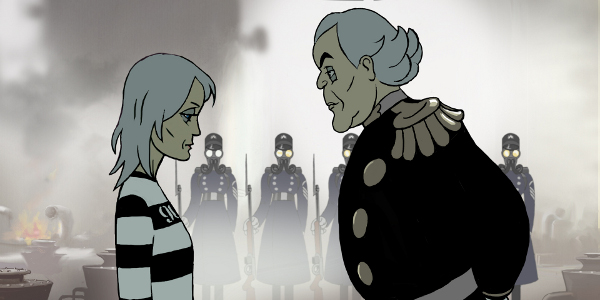Still Alice (GFF 2015)
March 1, 2015 Leave a comment
 At the age of fifty, it is perhaps unsurprising that Dr. Alice Howland (Julianne Moore) is struggling to remember the occasional word — as an esteemed linguistics professor at Columbia University she is presumably aware of tip-of-the-tongue phenomenon, which becomes more prevalent with age — but when she forgets where she is while running a well-trodden route she begins to worry that something else might be behind her forgetfulness. Alice is diagnosed with familial Alzheimer’s, a rare form of early-onset dementia with devastating implications for her offspring. Having confided in her husband prior to diagnosis, Dr. John Howland (Alec Baldwin) helps her break the news to their three grown children, Anna (Kate Bosworth), Tom (Hunter Parrish) and Lydia (Kristen Stewart).
At the age of fifty, it is perhaps unsurprising that Dr. Alice Howland (Julianne Moore) is struggling to remember the occasional word — as an esteemed linguistics professor at Columbia University she is presumably aware of tip-of-the-tongue phenomenon, which becomes more prevalent with age — but when she forgets where she is while running a well-trodden route she begins to worry that something else might be behind her forgetfulness. Alice is diagnosed with familial Alzheimer’s, a rare form of early-onset dementia with devastating implications for her offspring. Having confided in her husband prior to diagnosis, Dr. John Howland (Alec Baldwin) helps her break the news to their three grown children, Anna (Kate Bosworth), Tom (Hunter Parrish) and Lydia (Kristen Stewart).
Few diagnoses can carry quite the same weight as Alzheimer’s Disease, surely a fate worse than death that leaves your body intact while ravaging your mind one memory at a time. It impacts different people in different ways but always to the same end — ultimately robbing the sufferer of their achievements, relationships and their very sense of self as they forget more and more of their lives. And yet, Wash Westmoreland and Richard Glatzer’s adaptation of Lisa Genova’s novel of the same name seems to suggest that for Dr. Alice Howland the diagnosis is especially tragic. As an independent, intelligent, successful linguist her inability to remember the word “lexicon” is Alzheimer’s Disease at its cruelest.
It’s hard, however, to take issue with Moore’s performance. Having researched the subject and interviewed a number of sufferers she is certainly convincing in her portrayal of a demented and tormented soul. At first simply absent-minded, misconstruing a conversation or misplacing trinkets, she soon begins to feel the full effects of the disease. Although she attempts to conceal and even counteract the progressive symptoms with memory games and messages to herself, episodes of unintentional rudeness, moments of crippling confusion and a movement towards compulsive behaviours begin to take an impact on her family too. In many ways Bosworth’s Anna takes the brunt of it onscreen, but for audiences its Baldwin and Stewart whose pain will be most keenly felt. A third-act scene between the two of them, in which Stewart returns home to help look after her mother, it truly heartbreaking.
And yet, as moving as the movie is it’s difficult to escape the feeling that it’s also a being a little patronising, too. The Howland’s affluent lifestyle is such that they never need to worry about the financial repercussions of losing half of their income, even though they have recently put two children through university and are now in the process of subsidising their third’s acting career — all while employing a cleaner-cum-carer. Alice may worry for her children’s futures but her concern seems unwarranted. Given how many people Moore is reported to have spoken to in preparation for the role it’s disappointing to see the Alzheimer’s community all but ignored within the film — Westmoreland and Glatzer largely limit their discussion of the disease to doctors and lecturers, conceding only so that Alice can speechify to a crowd. As a scene its supposed to be rousing — Alice loses her place on the page, but finds it again without help — but it just comes across as condescending.
An incongruously noble portrait of a fundamentally ignoble affliction, Still Alice only ever brings Alzheimer’s Disease into soft focus, when ideally it should be spotlighting an underrepresented form of dementia. It seems preoccupied with articulating the indescribable when the real horror should surely be purely experiential. That the film is unsatisfying it inevitable — Alzheimer’s and narrative don’t exactly go hand in hand — but it’s unfortunate that it should also be unmemorable.















